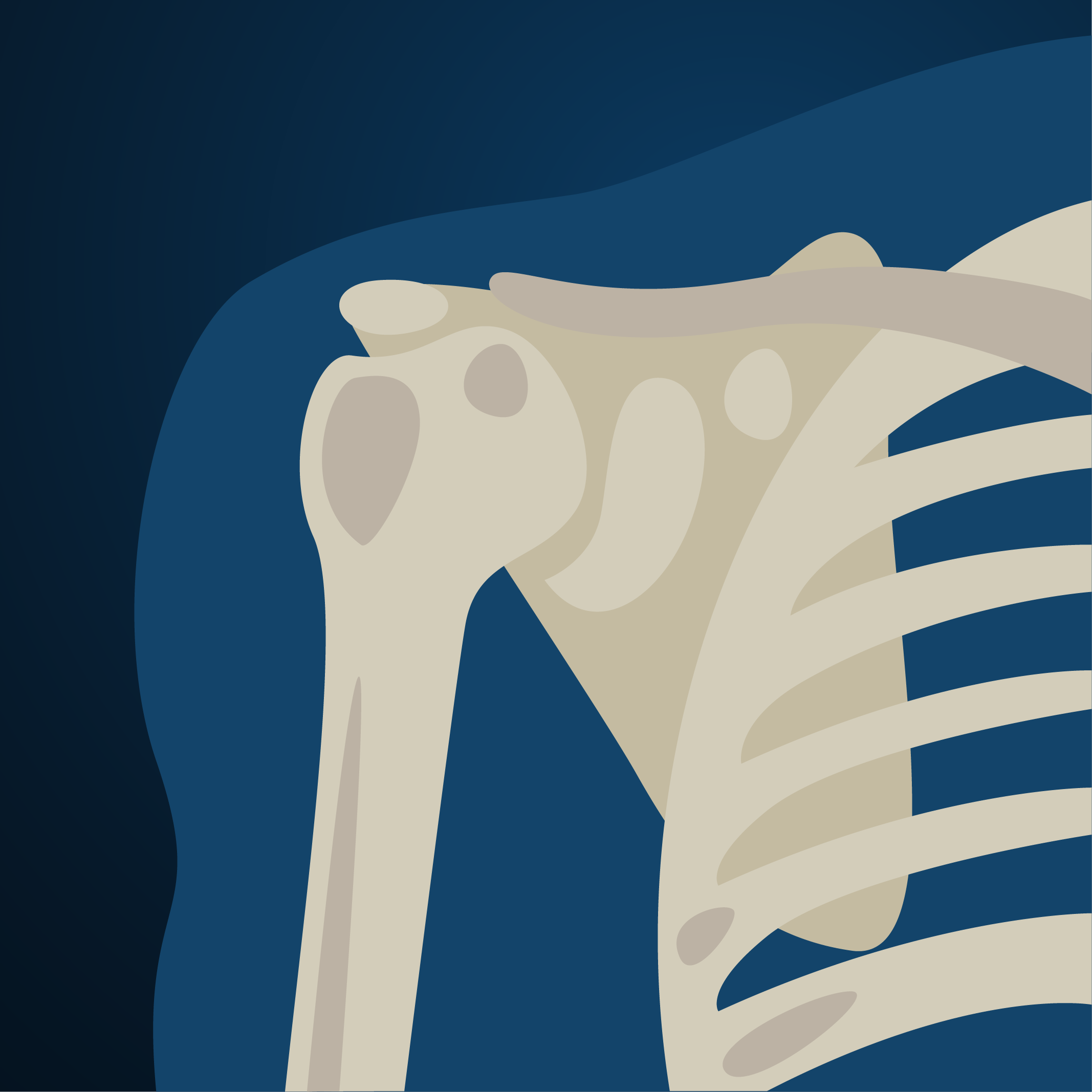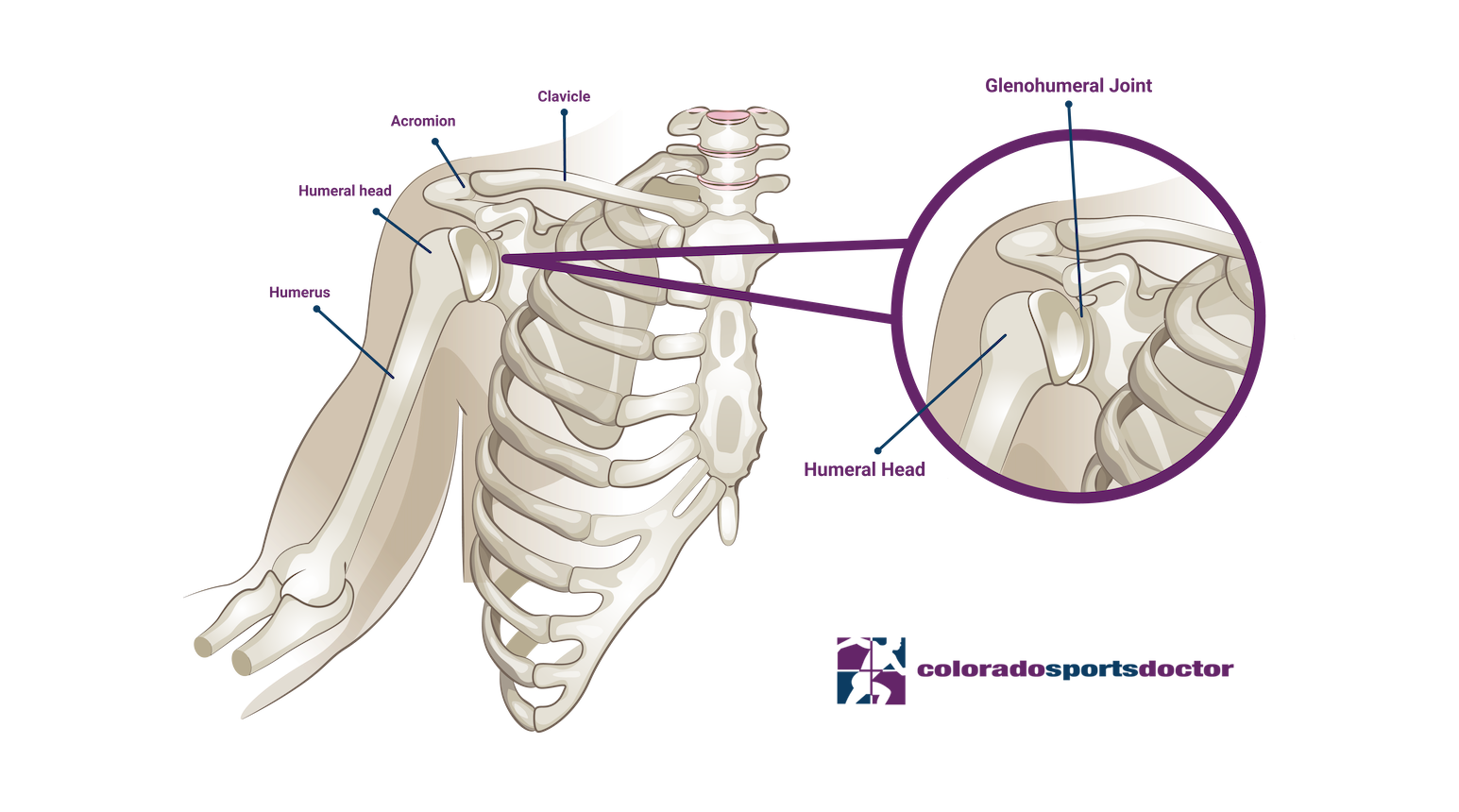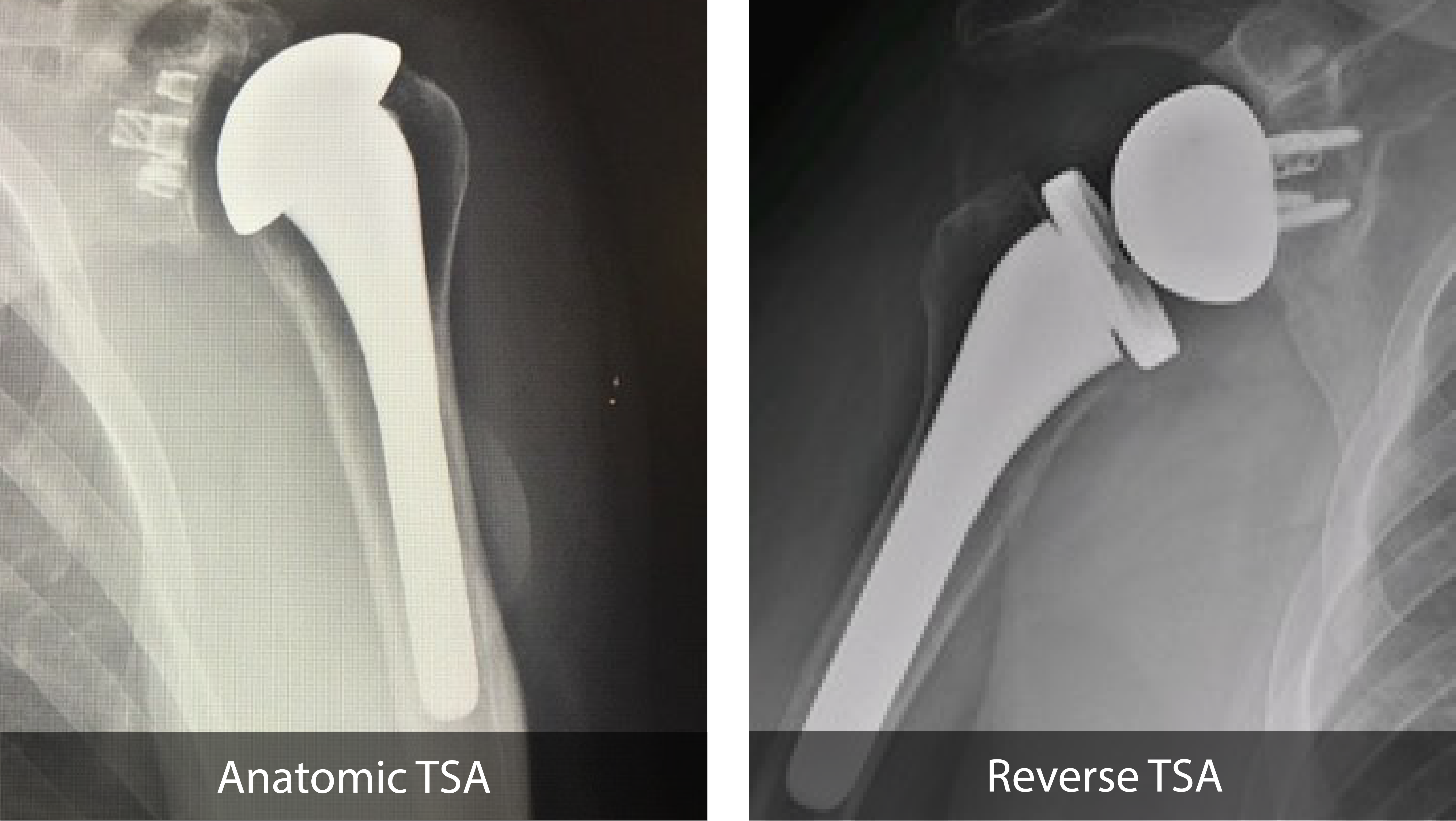
Reverse Shoulder Replacement
Anatomy
The Reverse Shoulder Replacement is designed to be used for patients without a functioning rotator cuff.
The shoulder joint, known as the glenohumeral joint, consists of the humeral head (ball) and the glenoid cavity (socket). In a healthy shoulder, the humeral head fits into the glenoid cavity, allowing for a wide range of motion. Surrounding this joint is the rotator cuff, a group of muscles and tendons that stabilize and facilitate shoulder movement.
In a reverse shoulder replacement, the anatomy of the shoulder is altered. The procedure involves attaching a metal ball to the glenoid side (scapula) and placing a socket on the humeral side (upper arm bone). This reversal creates a more stable construct, which can be visualized clearly on an X-ray as a flipped ball-and-socket configuration, and almost looks like a hip replacement.

Injuries
Several conditions warrant a reverse shoulder replacement, particularly when the rotator cuff is compromised. The absence of a functioning rotator cuff leads to instability and significant pain in the shoulder joint. Common conditions include rotator cuff tear arthropathy, severe arthritis with a rotator cuff tear, and complex shoulder fractures.
These conditions often leave patients unable to lift their arms above shoulder height, resulting in a loss of function and chronic pain. Traditional shoulder replacements may not be effective in such scenarios since they rely on an intact rotator cuff for stability and movement.

Treatment & Recovery
Reverse shoulder replacement surgery is designed to address severe shoulder dysfunction when the rotator cuff is no longer functional. The new joint relies more on the deltoid muscle than the damaged rotator cuff to achieve movement and stability by reversing the ball-and-socket orientation.
After surgery, patients typically go from being in constant pain to reporting little to no pain at all within weeks of undergoing the procedure. This is because many shoulder patients have so much pain that they’ve learned to live with. And then not having that pain is a relief. Additionally, they have dramatic improvements in function.
The recovery process for reverse shoulder replacements is relatively quick compared to traditional shoulder surgeries. Patients often begin moving the joint as early as three weeks post-operation. While full recovery can take up to a year, most patients experience significant pain relief and improved function within three months. This procedure has proven extremely effective, with many patients able to fully elevate their arm overhead after surgery.
Most reverse shoulder replacements actually recover quicker than your anatomical shoulders, primarily because it’s a very stable joint, to begin with. Often, Dr. Jones will remove a sling as early as three weeks and let patients start moving.
But just like any shoulder surgery, full recovery still takes about a year. However, 90% of patients feel better than they were before having surgery around three months post-op.
Join Dr. Jones as he walks you through the steps of a Reverse Shoulder Replacement:
"*" indicates required fields
Our Location
Dr. Christopher K. Jones, MD
4110 Briargate Parkway #300
Colorado Springs, Colorado 80920
Hours
Monday: 9am-5pm
Thursday 9am-5pm
Friday 9am-5pm
